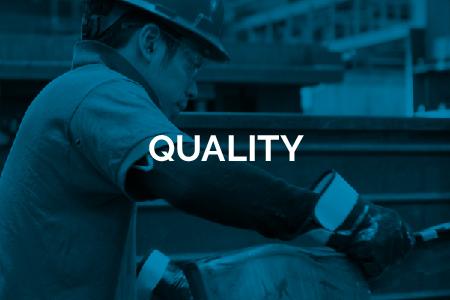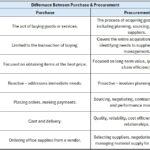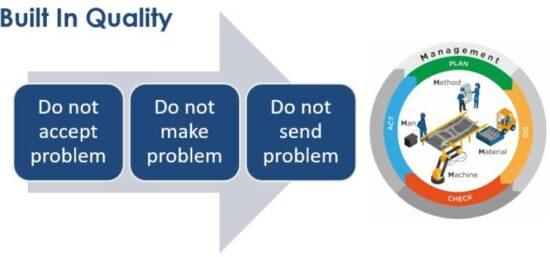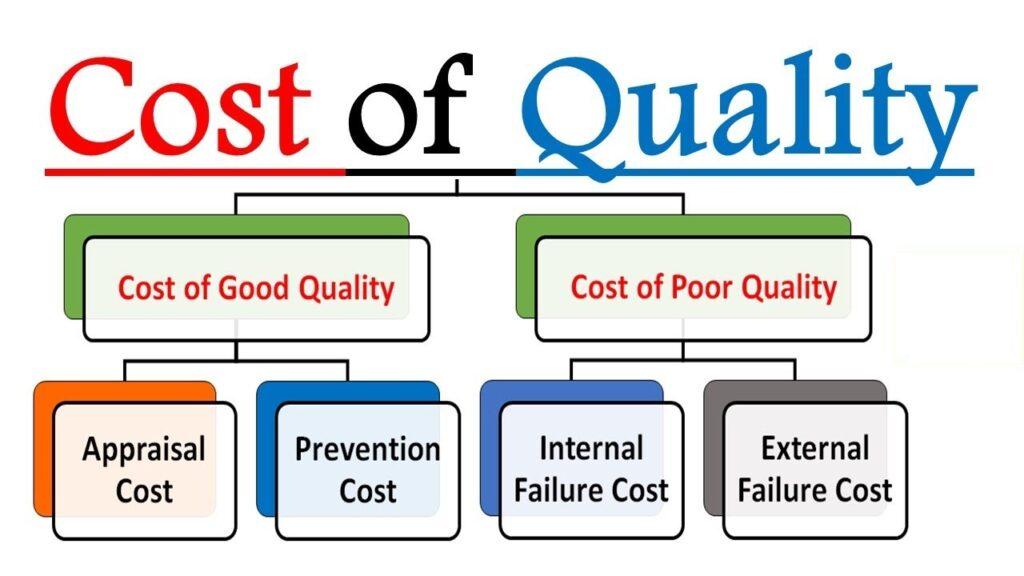12 Obstacles To Implementing Quality
Introduction:
A properly implemented total quality management system will have fewer non- conformities, reduced rework and scrap, lower inventory levels, reduced cycle times, greater employee satisfaction, and increased customer satisfaction. These benefits will not occur in many organizations because they are not able to over- come the barriers or obstacles to quality improvement. In a study by Salegna and Fuzel (2000), managers of TQM companies ranked 12 obstacles to implementing quality.
12 Barriers to Quality:
1. Lack of Time to Devote to Quality Initiatives
Frequently, managers are too busy with their regular activities to take on an additional activity such as quality. Initially, senior management must provide time for employees to devote to the quality initiative. Once a program is well established, the quality activity will become part of the employee’s activities.
2. Poor Intra organizational Communication
All organizations communicate with their employees in one manner or another. Communications deliver the organizations values, expectations, and directions, provide information about developments, and allow feedback from all levels. The organization must encourage and provide the means for two-way communication so that information flows up as well as down the ladder.
3. Lack of Real Employee Empowerment

Too often, empowerment is merely lip service. Individuals should be empowered to make decisions that affect the efficiency of their process or the satisfaction of their customers. Teams need to have the proper training and, at least in the beginning, a facilitator.
4. Lack of Employee Trust in Senior Management
In many organizations, this obstacle will not be a problem because senior management has created an atmosphere of trust in its relationship with the employees. In other organizations, this atmosphere will have to be developed by management being honest with the employees.
5. Politics and Turf Issues
Differences between departments and individuals create problems. The use of multifunctional teams will help to break down long-standing barriers. Restruc- turing to make the organization more responsive to customer needs may be needed. An example of restructuring is the use of product or customer support teams whose members are permanently reassigned from the areas of quality, production, design, and marketing.
6. Lack of a Formalized Strategic Plan for Change
A formalized plan for change is necessary because individuals resist change— they become accustomed to performing a particular process and it becomes the preferred way. Management must understand and utilize these basic concepts of change:
- People change when they want to and to meet their own needs.
- Never expect anyone to engage in behavior that serves the organization’s values unless an adequate reason (why) has been given.
- For change to be accepted, people must be moved from a state of fear to trust.
It is difficult for individuals to change their own behaviour, and it is much more difficult for an organization. Honest two-way communication with respectful feed- back increases the chances of success.
7. Lack of Strong Motivation
The building of a motivated work force is, for the most part, an indirect process. Management at all levels cannot cause an employee to become motivated; they must create a conducive environment for individuals to become motivated.
8. View of Quality Program As a Quick Fix

Frequently, the quality program is viewed as a quick fix. Quality improvement is a race that does not have a finish. Management must constantly and forever improve the system so that quality and productivity are continually and permanently improved, and costs reduced.
9. Drive for Short-Term Financial Results
Too often, organizations focus their efforts on the quarterly financial results. Quality improvement requires an organization to have a strong future orientation and a willingness to make long-term commitments.
10.Lack of Leadership
For any organizational effort to succeed, there must be leadership. Leadership requires a substantial commitment in terms of both management time and organizational resources.
11.Lack of Customer Focus
Organizations need to understand the changing needs and expectations of their internal and external customers. Effective feedback mechanisms are necessary for this understanding.
12. Lack of a Companywide Definition of Quality
This obstacle is the least of the twelve and is easy to correct. Experienced quality professionals recommend that all areas of the organization be involved in writing the definition.
Conclusion
Addressing these barriers requires a concerted effort from all levels of the organization. By fostering a culture of quality, providing adequate resources and training, promoting collaboration, and maintaining a long-term focus on improvement, companies can overcome these obstacles and successfully implement quality practices.
Certified Quality Engineer Certification Preparation click here
- Top 15 MNCs Every Mechanical Engineer Dreams of Joining in 2025

- How to Digitize and Automate the CAPA Process

- Top 10 Essential Tools Every Mechanical Engineer Should Know

- What is GD&T (Geometric Dimensioning & Tolerancing) ?

- Principles of IATF 16949: A Guide to Quality Management

- The Evolution of IATF 16949: The Automotive Quality Standard

- Top Interview Questions Related to SPC ,Cp and Cpk

- Difference Between Purchase and Procurement

- Master Your Job Interview: Top 70 Common Interview Questions and Answers

- What Is Standard Deviation ?

- Top Interview Questions and Answers on SPC

- Top 20 Interview Questions For Customer Quality Manager ?



